[lwptoc]
Sharpening a lawn mower is a hassle?
Am I right?
But the great thing is with my proven step-by-step method helps you spearing lawn mower blades within an hour.
Sounds good?
So, before goes down to the main guide get some insight about mower blades.
Difference between Sharp and Dull blade
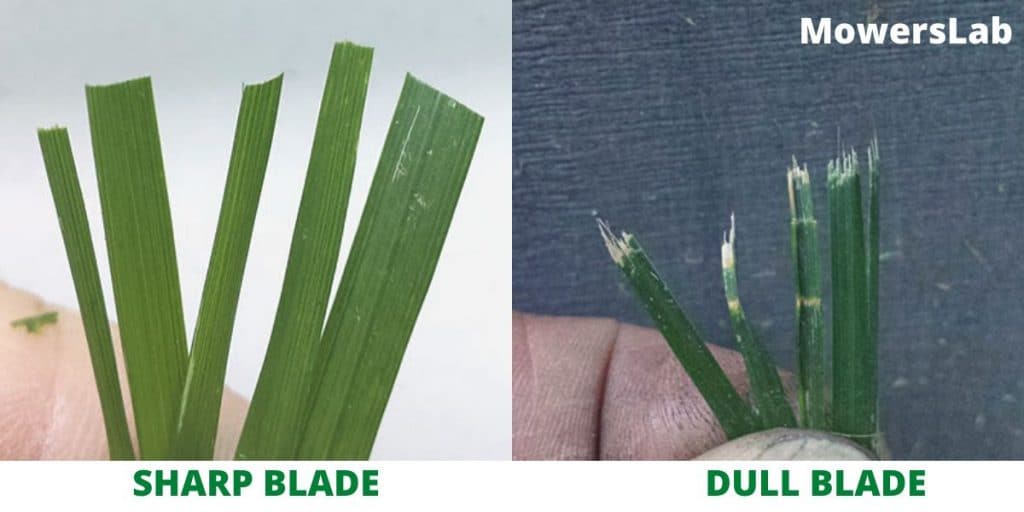
A razor-sharp blade always saves time; provides a clean and efficient cut. It also helps to minimize the spread of lawn fungus.
Conversely, a dull blade could not trim the grass efficiently and conflict with the grass’s edge, and sometimes it’s pulling the grass root. It also promotes fungal growth.
As a result, after a few days of mowing your lawn, you see an unhealthy brown yard. And no one love to see his/her yard is brown.
So if you want to maintain a healthier lawn; there is no way out except to sharpen the lawn mower blades.
How often sharp lawn mower blades?
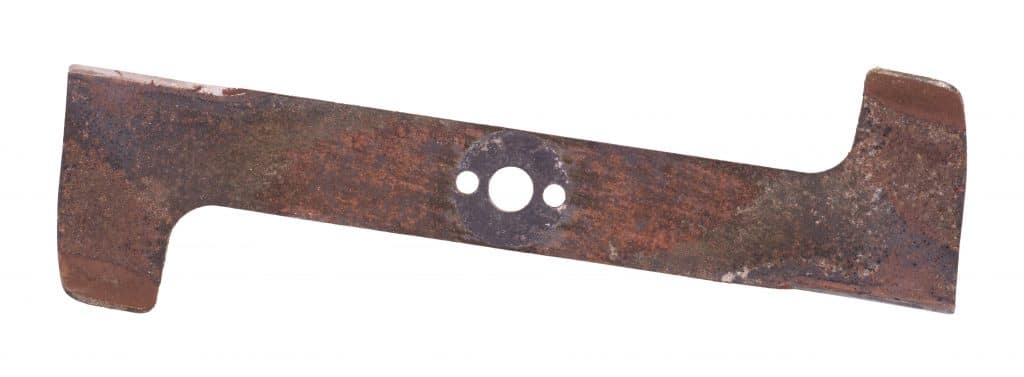
If you want to see a healthy lawn then, our recommendation is, please sharpen your mower blades at least two times a year. Also, some manufacturer recommends, sharpen mower blades after 10 hours mowing.
So, each year before starting the mowing season, sharpen your lawn mowers’ blades properly.
How to sharpen lawn mower blade?
Sharpening mower blades are easy with the right tactics.
If you follow our guidelines, it takes almost 15-20 minutes for one blade with a hand file, but if you are an expert, you can do it with a bench grinder for a few minutes.
In this article, I will cover all information about how to sharpen your lawn mowers’ blades with a step-by-step process.
So let’s dive into the instruction.
Overview sharpening your mower blades
- Disconnect the spark plug
- Tip mower on its side
- Remove the blade
- A sharp blade with a file
- Proper filing angle
- Check blade balance
- Reinstall the blade
How to disconnect the lawn mower spark plug?
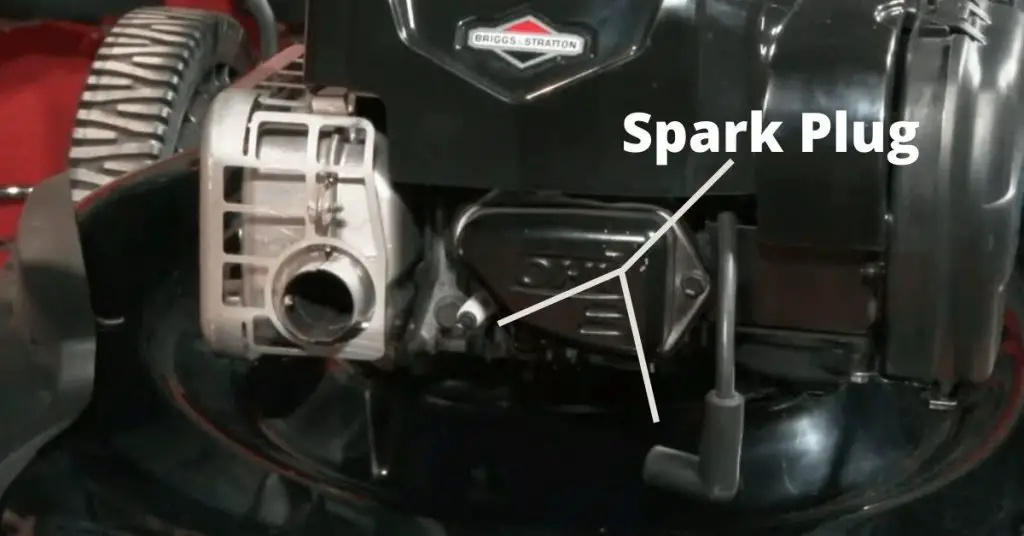
For safety, first, we need to disconnect the spark plug before removing the blades. With a spark plug socket, you can easily remove the spark plug.
For cordless lawn mower – please remove the battery pack and corded lawn mower please disconnect the electric cord extension first; for diesel or gas-powered lawn mower – drain the gas tank carefully so it won’t spill any fuel while you remove the blades.
I think one question comes to mind: why do I remove the spark plug where I want to sharpen the blades?
What are the primary reasons?
If you did not remove the spark plug, it’s not entirely safe for you, and you might start your lawn mower accidentally.
Also, one more thing, please always remind in your mind that when you remove the spark plug, then tape or tie it back, so it doesn’t flop back and contact with the spark plug and start the engine.
Tip mower on its side
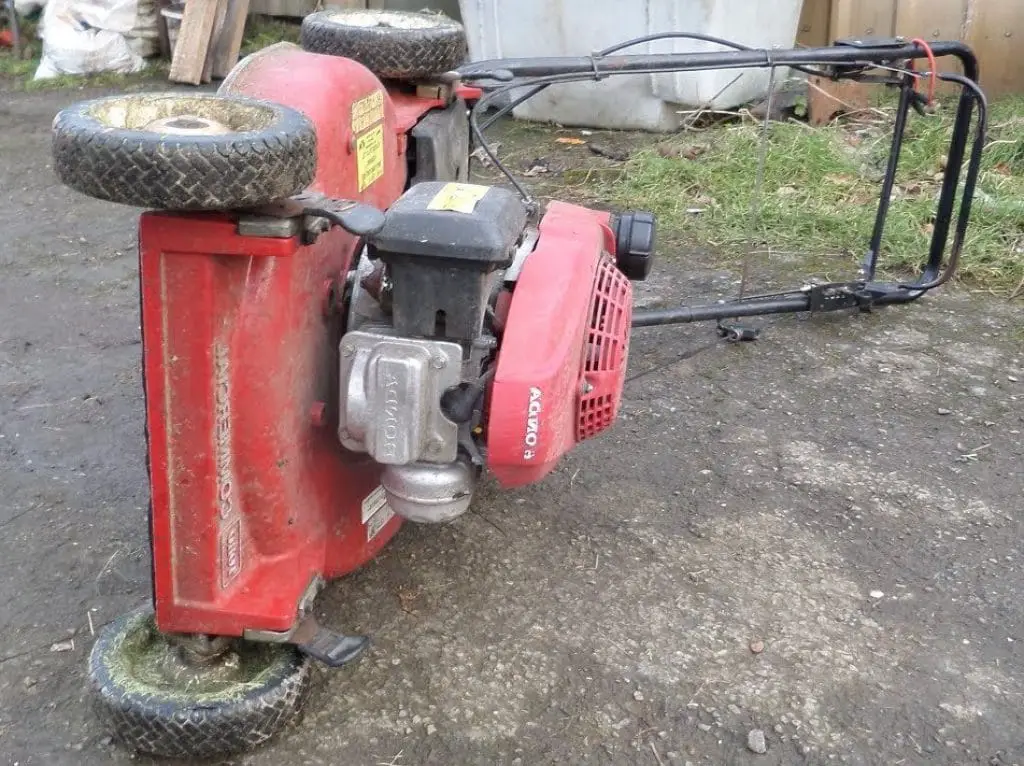
Tipping a lawn mower is not very hard but strategic. Always tip the mower on its exhaust side. And make sure on the side that does not have a carburetor.
Also, the gas and oil caps are screwed on tightly before tipping the mower.
Remove and clean the lawn mower blades
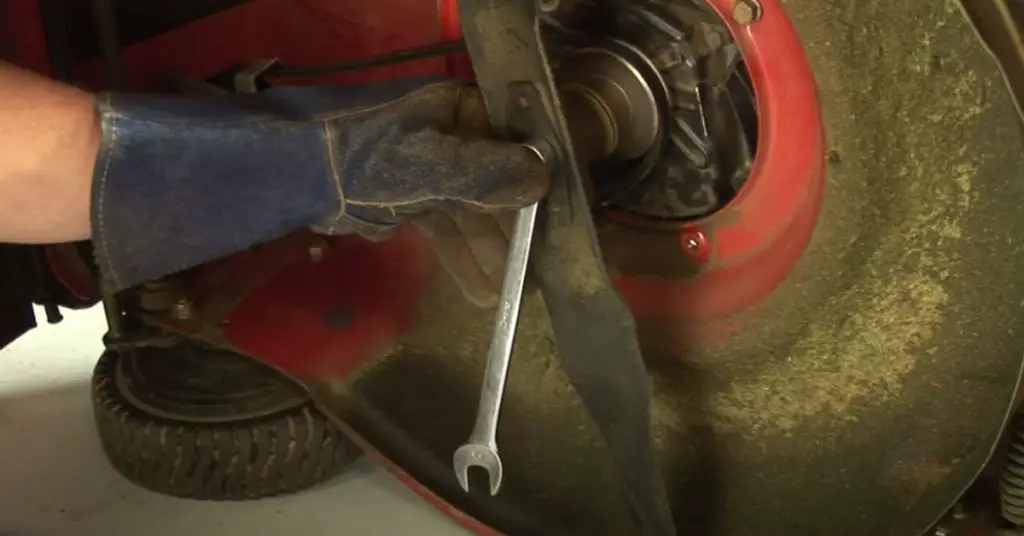
Now you put on your hand gloves and use a socket wrench to remove the blade mounting bolt and keep the blades on your other hand. Also, be careful not to lose any bolt washers or mounting hardware because we will reuse these washers or equipment.
Now you need to clean the blades.
Use a rag, and it takes a few minutes to clean the blade before sharpening it.
3 Proven Methods to Sharpen the Blade Easily
- Hand File
- Using a bench grinder
- Hand drill and the sharpening stone.
These are very convenient tools for cutting down the edge of the blade quickly.
Method – 1: Sharpen lawn mower blade with hand a file
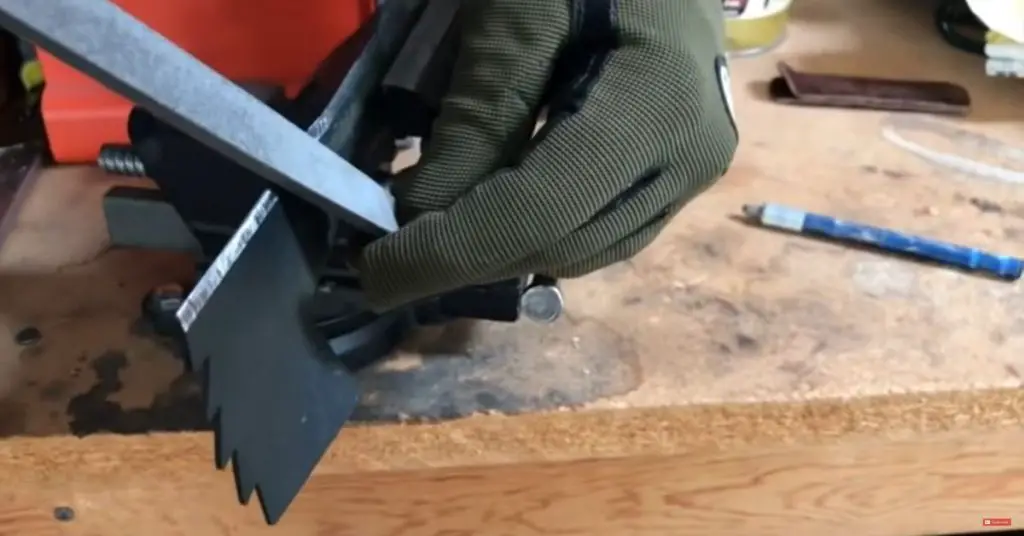
A flat hand file is an easy tool that’ll sharpen dull blades quickly.
Make sure that sharpen from the top of the cutting edge; this will give you the longest-lasting edge on the blade.
For holding the blades in the right position, you are using a vise or a sturdy clamp and apply the medium pressure to the file and run it perpendicular to the edge of the blade. Do it equally on the blade edge and repeat on the other side once you’ve done one side.
Note:
Don’t try to make it razor-sharp because it will dull more quickly. But the “butter knife” is best for longest-lasting.
Shaping a mulching blade is more difficult because these blades may have a longer or curved cutting edge. That’s why you need several types of files. But if you think it’s difficult for you to happen, then take it to a hardware store or find a blade sharpening service.
Method – 2: Using a bench grinder – for experts
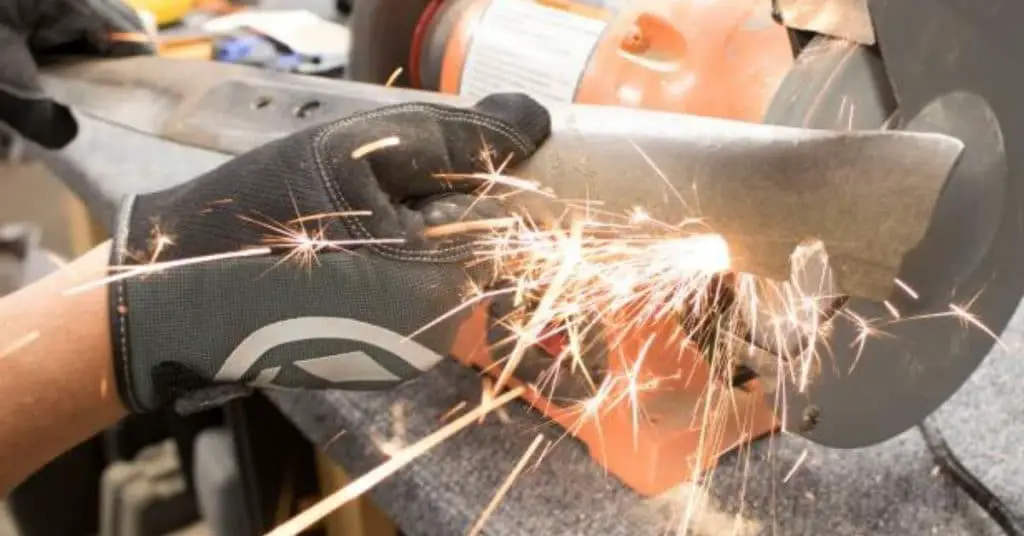
]Experts are using a bench grinder for sharpening the blade very fast way.
But the bench grinder often sends sparks and debris in the air, and it makes so much noise.
For safety, before you place the blade against the grinding wheel, make sure that you are wearing protective-eyewear earplugs working gloves long-sleeved shirts. These things protect you from any flying metal and sparks.
Now turn the bench grinder on and double-check to see if you are comfortable holding the blade, that helps you shape your blades a lot easier.
Ensure you are posting the blades’ correct angle and moving the edge back and forth against the grinding wheel.
Note:
Never change the angle during the mid sharpening. It was harmful to blades.
Best Lawn Mower Blade Sharpeners Bench Grinder
| Products | Price |
|---|---|
| Oregon 88-023 Professional 1/2 HP Lawnmower Blade Grinder | View On Amazon |
| Work Sharp Knife & Tool Sharpener | View On Amazon |
| Smith’s 50603 Lawn Mower Blade Shop Essentials Sharpener, Orange | View On Amazon |
Method – 3: Hand drill and the sharpening stone

Using a hand drill with a sharpening stone is another way to sharpen the blades in a few minutes.
It works much like a bench grinder, but it not so fast as the bench grinder but quicker than the hand file.
The sharpening stone of the bit is designed to hug the edge of your lawn mower blade, making it easy to sharpen with minor effort and room for error.
Note:
Lawn mower blades are made by soft steel if you are not a skilled person, please stay away from the grinder. It works quickly and hard to control for a beginner person.
Check blade balanced
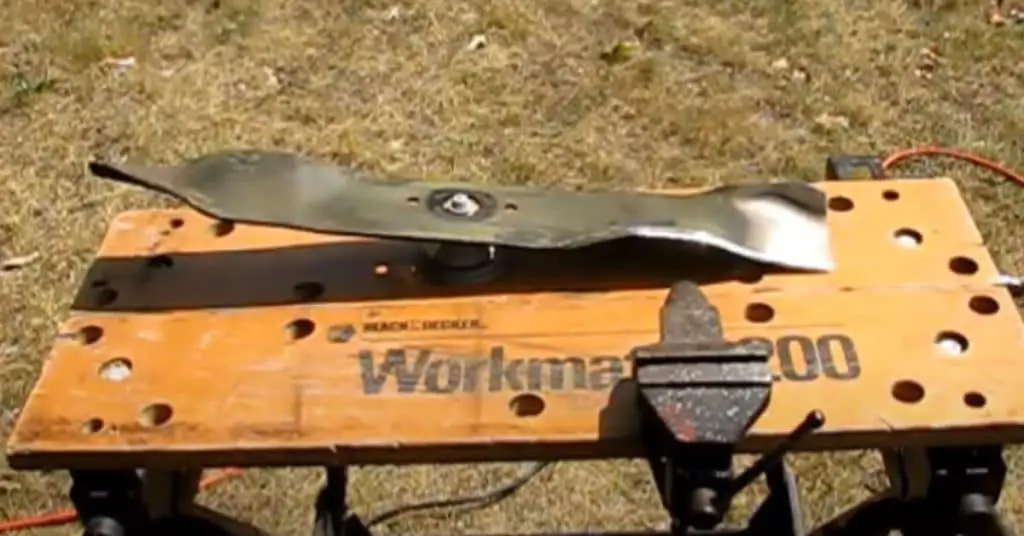
Once both cutting blade edges have been sharpened, balancing the lawn mower blade is the most important thing.
Because unbalanced blades can damage the motor and put undue stress on the mower, it also ruins the blade’s shaft or bearings and makes vibration.
To check the balance, simply drive a nail into a stud, and set the blade onto it like an airplane propeller, and see the blade’s stay levels.
Or you can use a blade balancer. Make sure that you placed the balancer on a flat surface. Then set the blade on the top of the balancer.
If one side falls, that means it’s more substantial than the other side, and you have to file or grinder more metal off it. It’s a continuous process until the blade stays level.
Tip:
Do it slowly and check the balanced every time.
Paint & Reinstall the lawn mower blade
Once you have done all things correctly now, you need to paint the blade that will protect the blades from rust. After painting the blade then wait for dry and reinstall the blades. Use a socket wrench to tighten up a nut or bolt snugly.
After reinstalling the blades, place them back into the mower in their original position and reattach the spark plug.
Required Tools and material for this Lawn Mower Blade Sharpening Project
Tools
Materials
Maintenance Your Mower Blade
Regularly sharpening lawn mower blades is a great habit; it’s useful for maintaining a healthy lawn.
- At the end of your mowing time always looks at the grass if the grass has a clean and smooth edge that means your blades are sharp. But if the grass edge is fried or torn, that means your blades probably dull and should be sharpened.
- Balanced the blades regularly.
- If you see any dents or crack on the blades, then please replace them.
Conclusion
All things are transparent, and now you know how to sharpen a lawn mower blade, and why it’s important?
Now I want to know which tip from today’s guide do you want to try first and why you will try it?
Are you going to try first with a hand file, bench grinder, or maybe you want to do it by hand drill and the sharpening stone?
Tell me below the comment section.
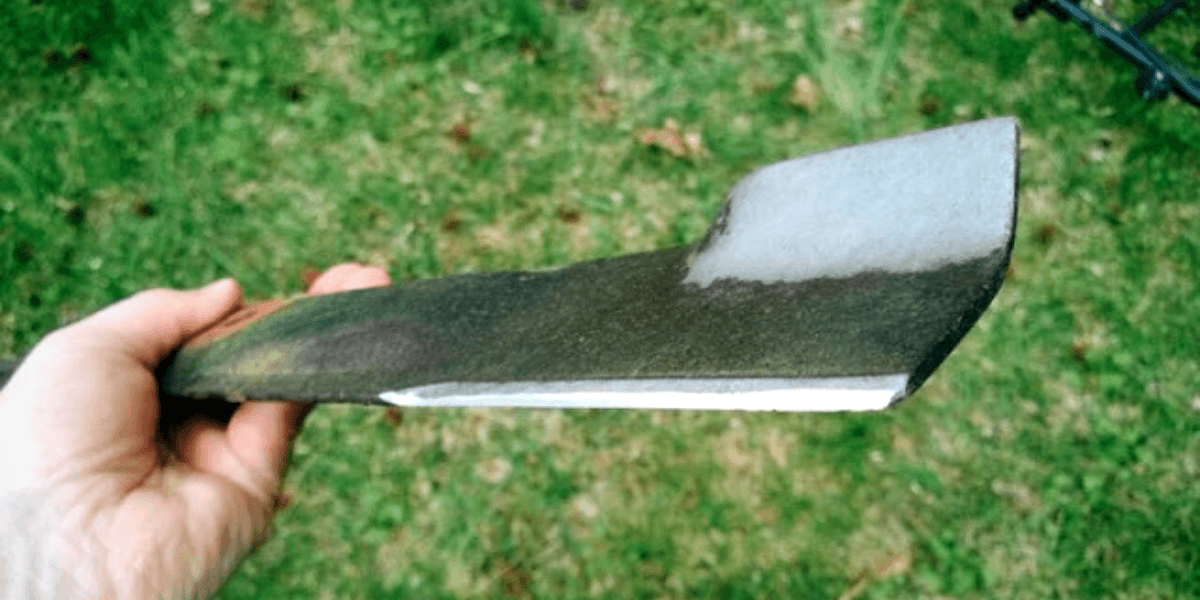

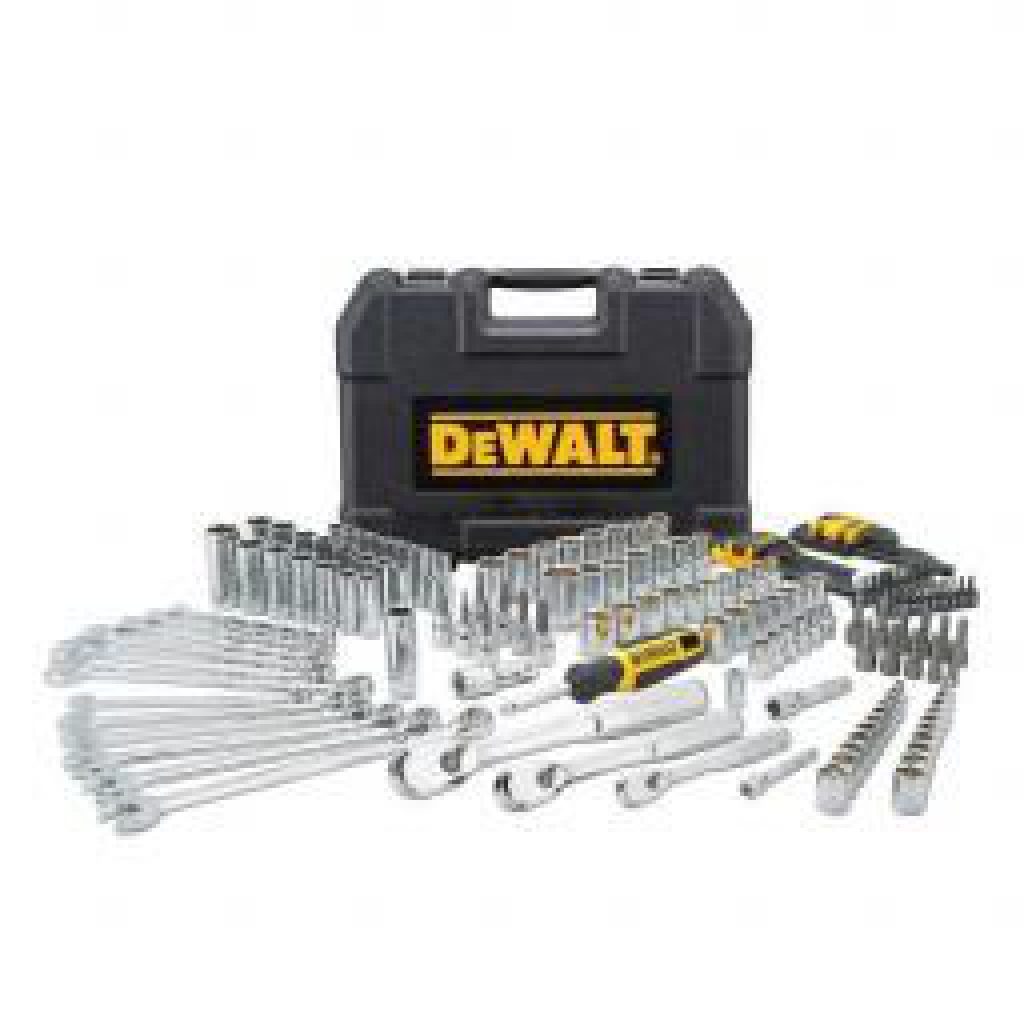
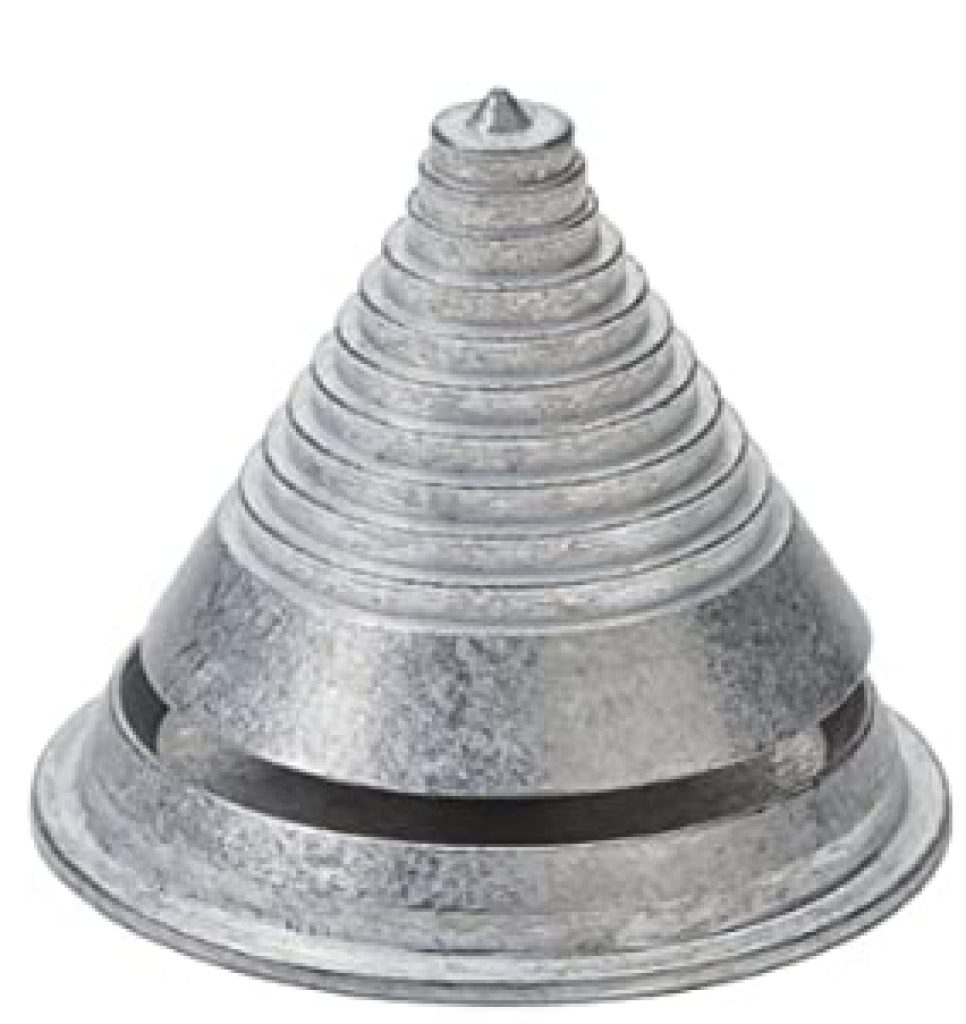
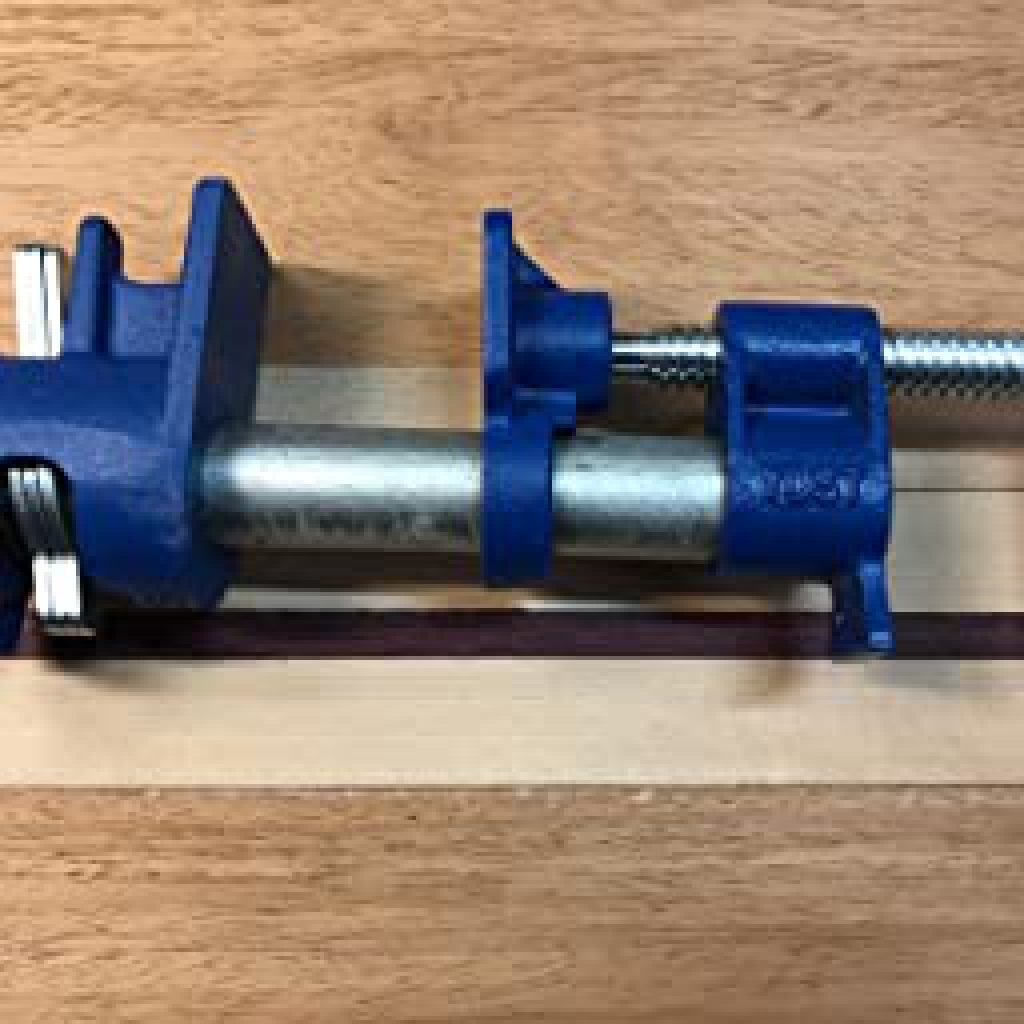
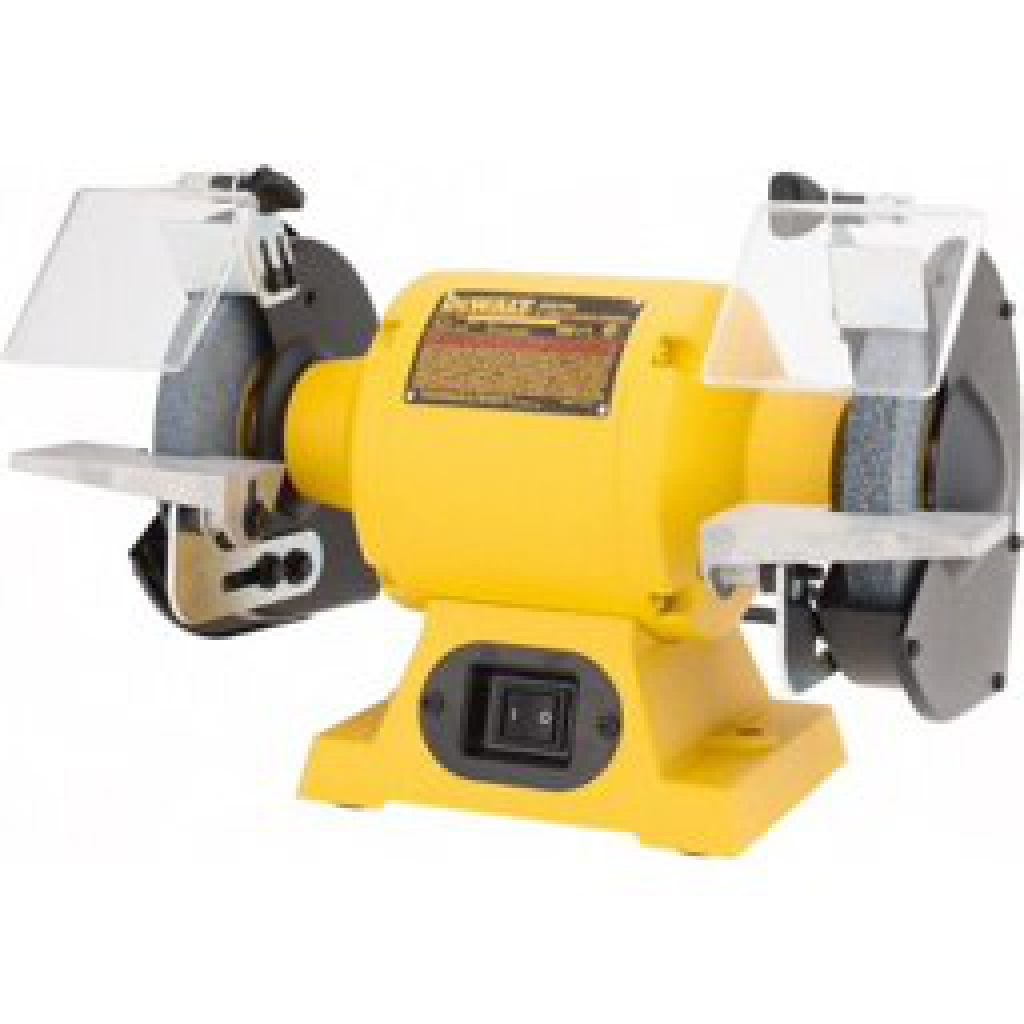
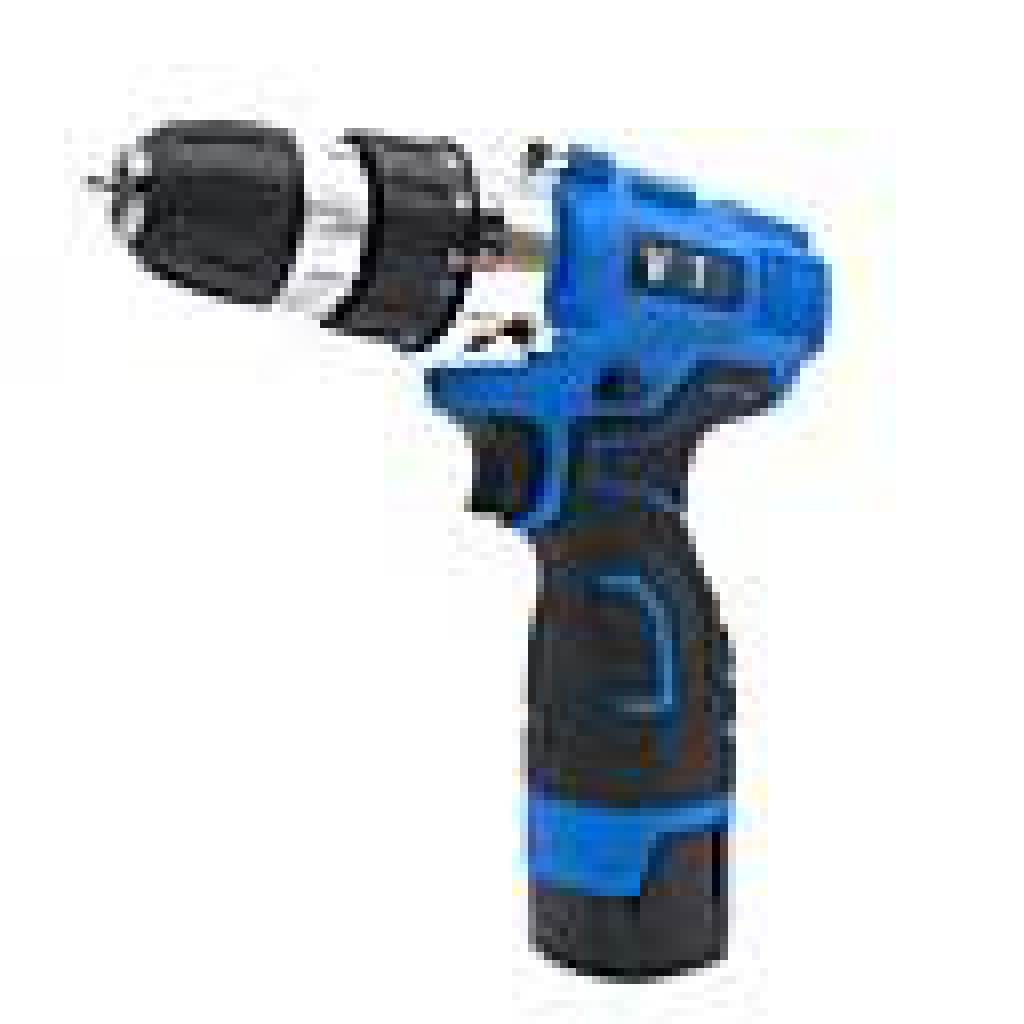
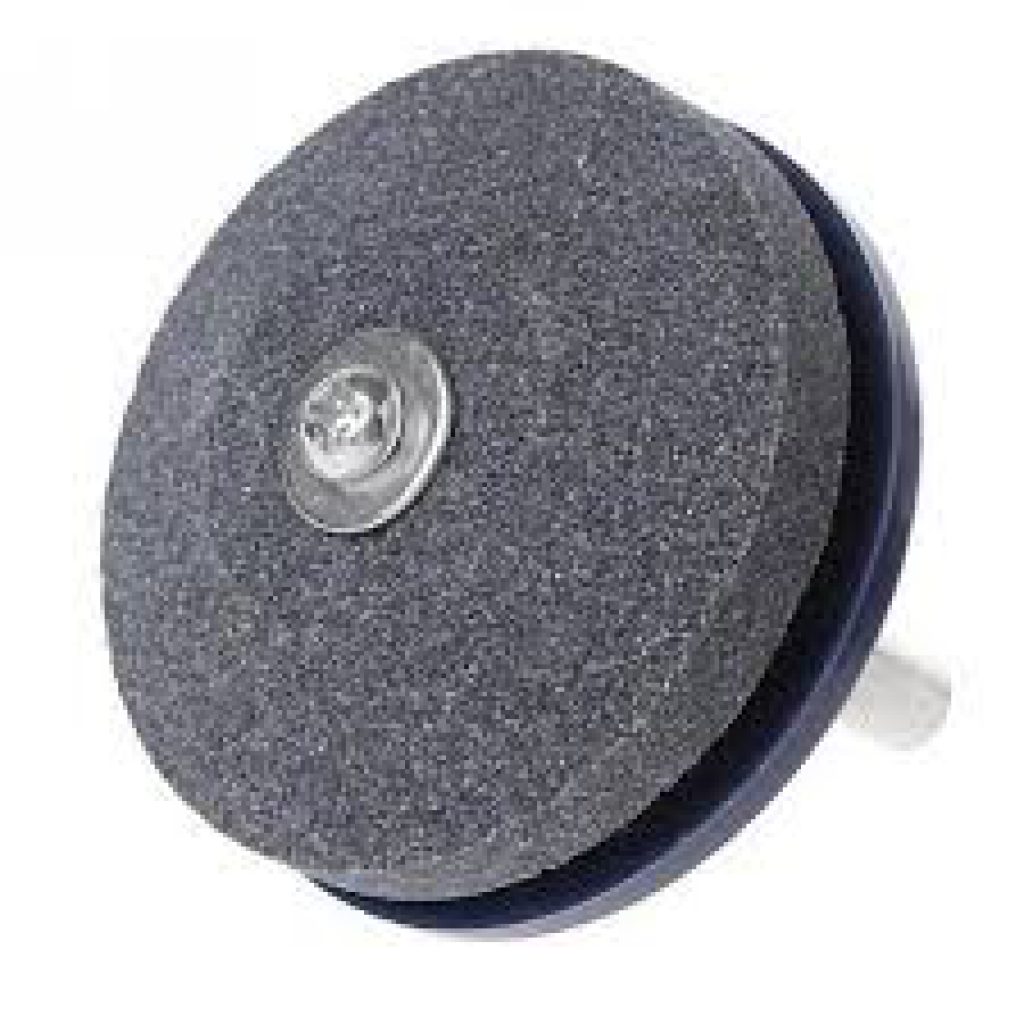



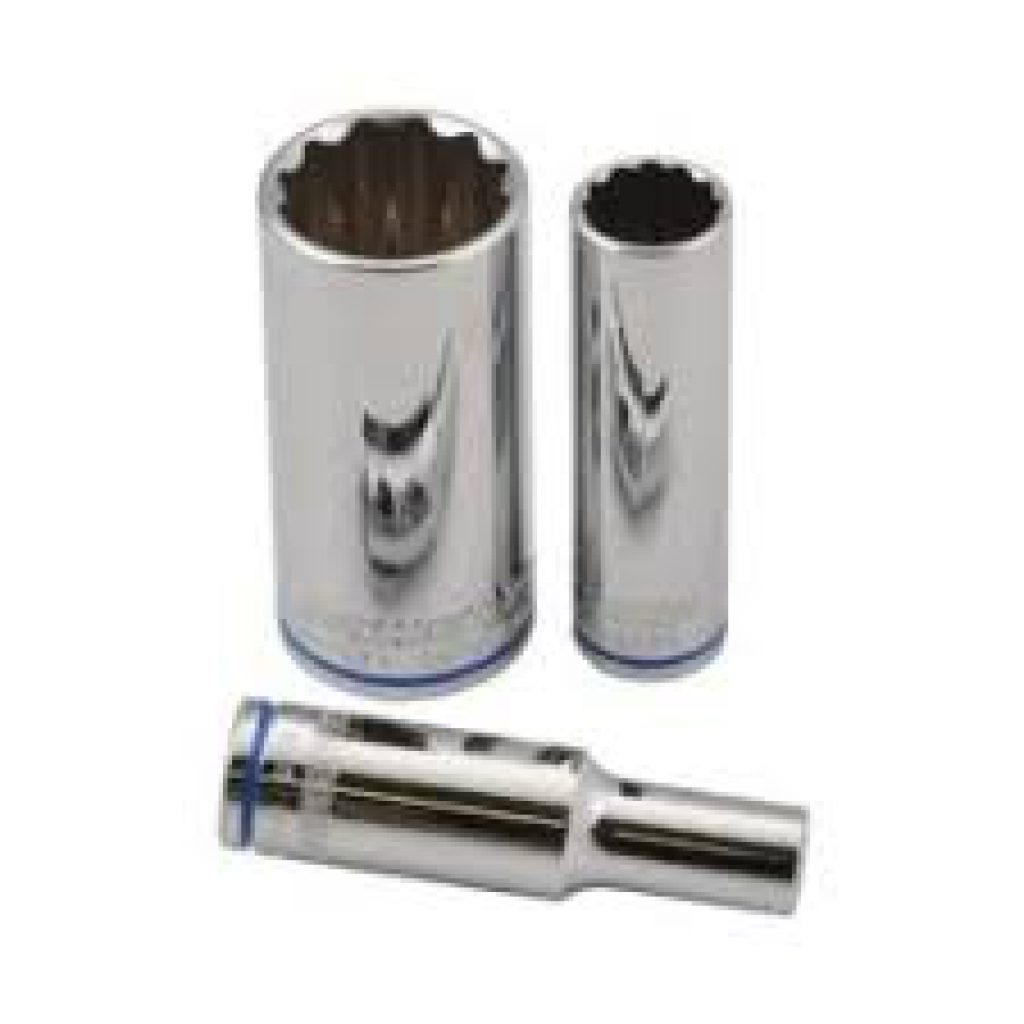
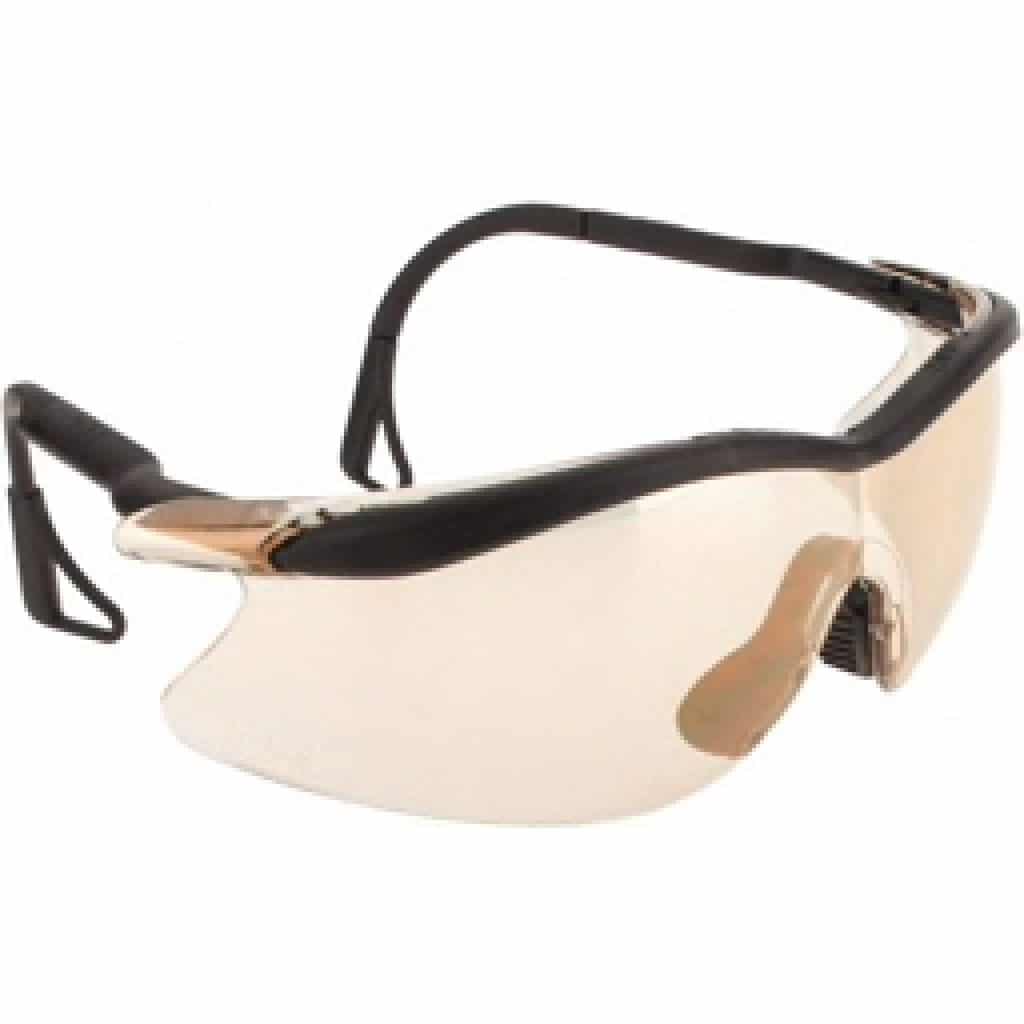




![How To Charge A Lawn Mower Battery - [Step-By-Step Guide] 53 How To Charge A Lawn Mower Battery - [Step-By-Step Guide] 46](https://mowerslab.com/wp-content/uploads/2022/02/How-To-Charge-A-Lawn-Mower-Battery-150x150.webp)